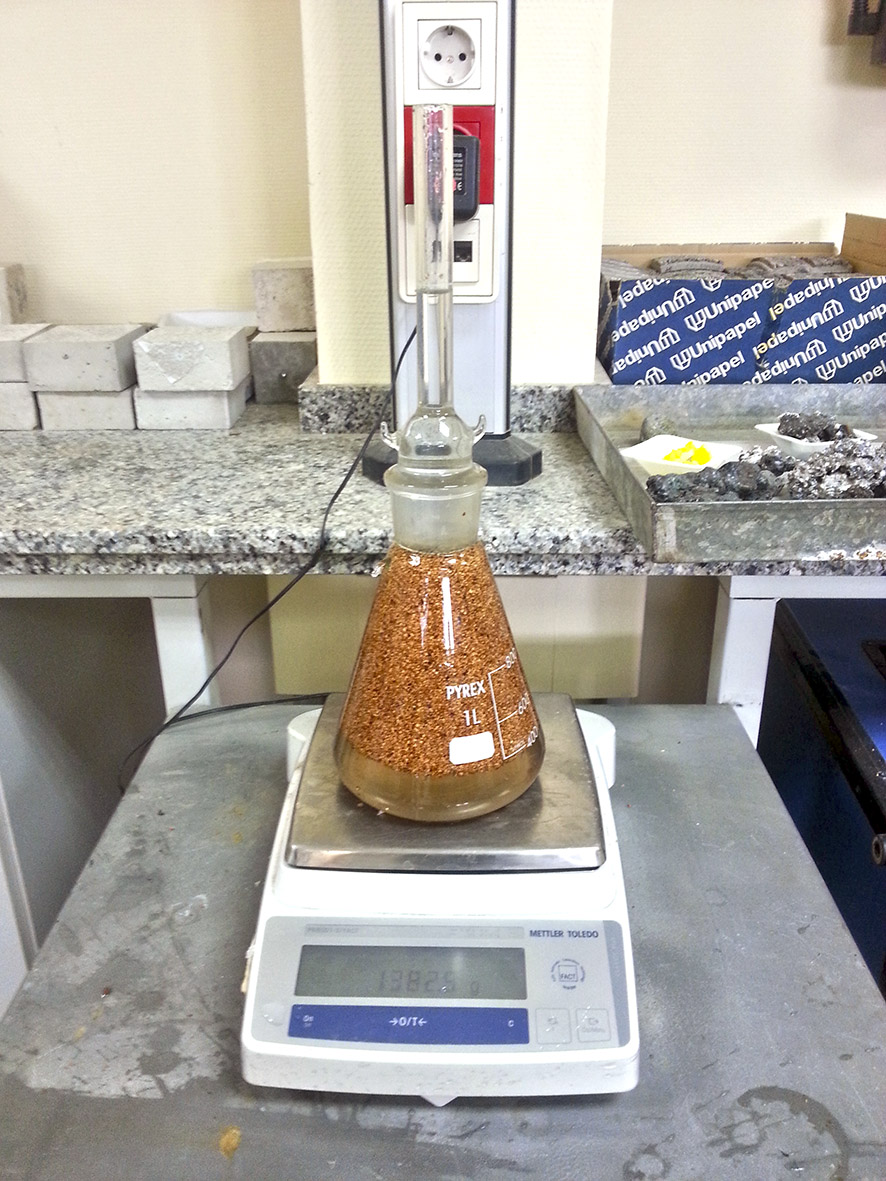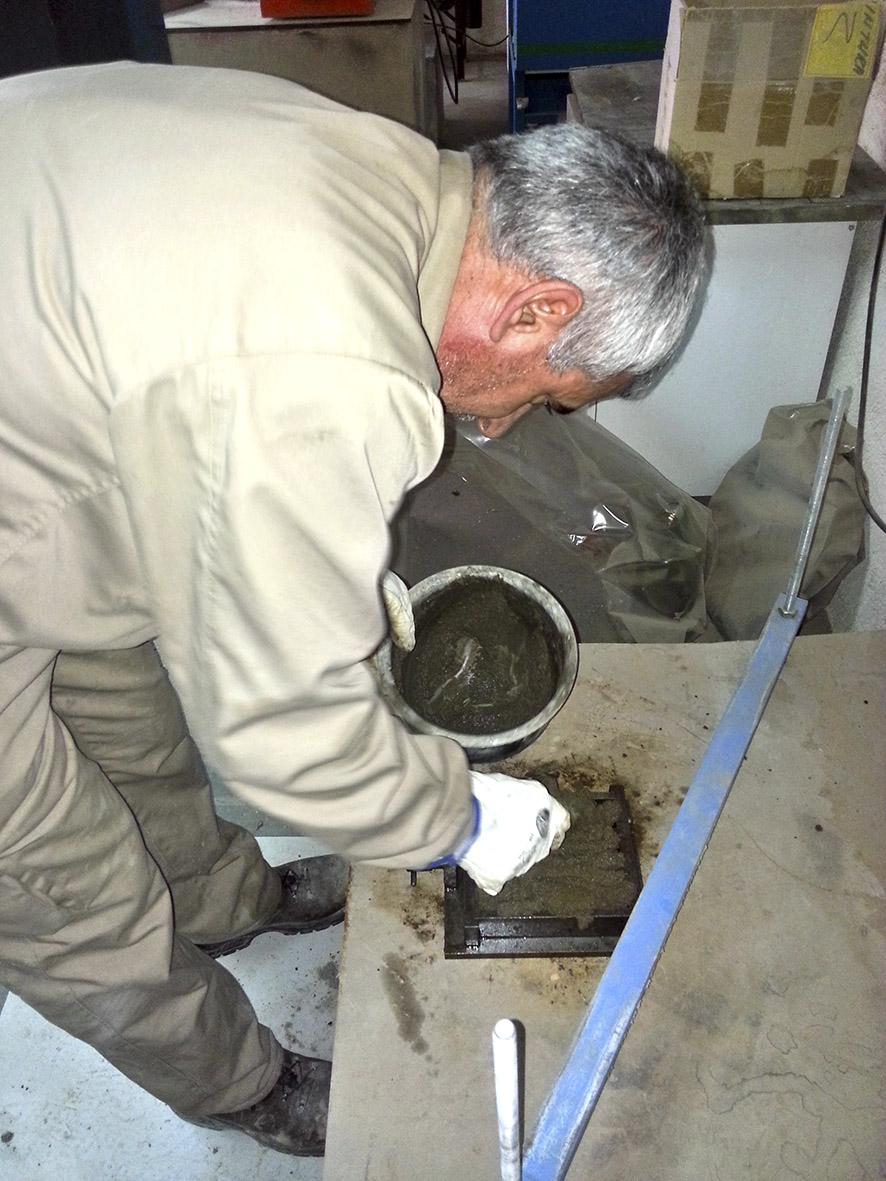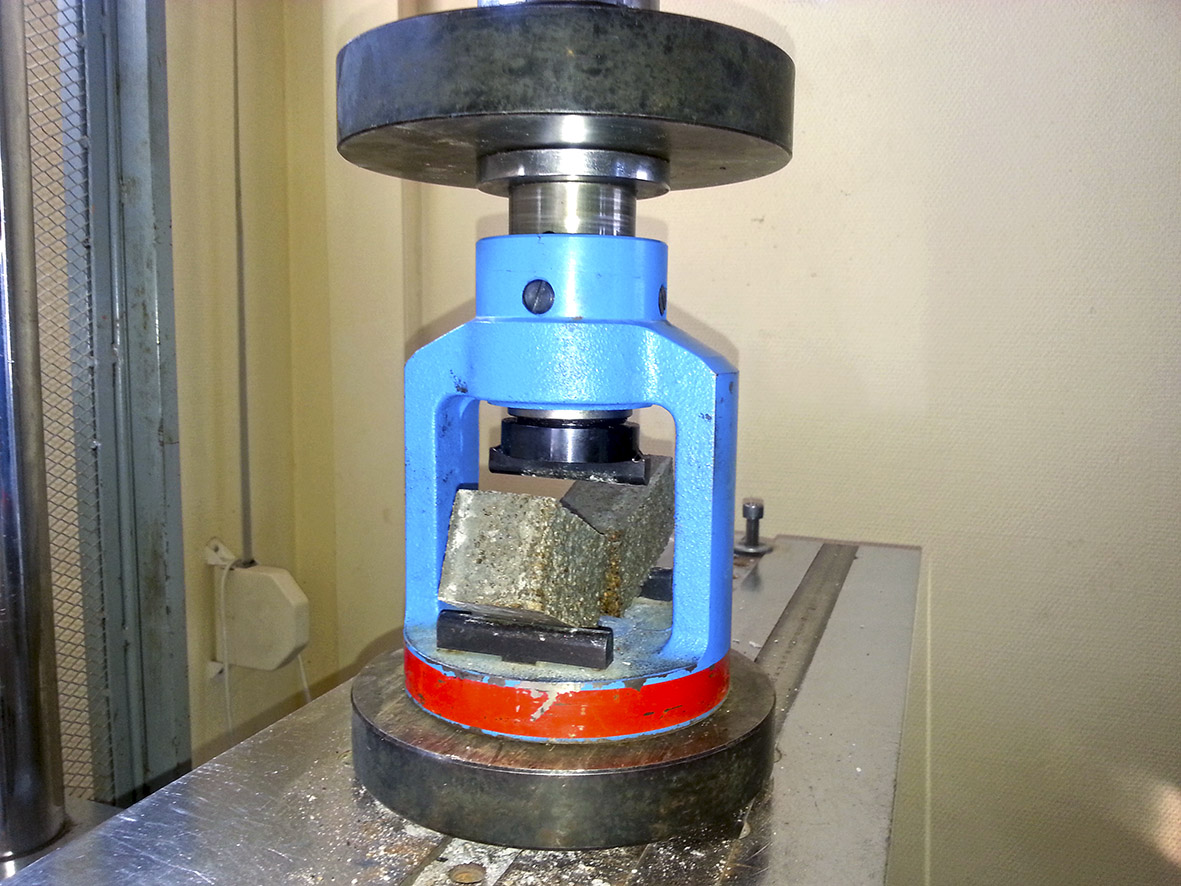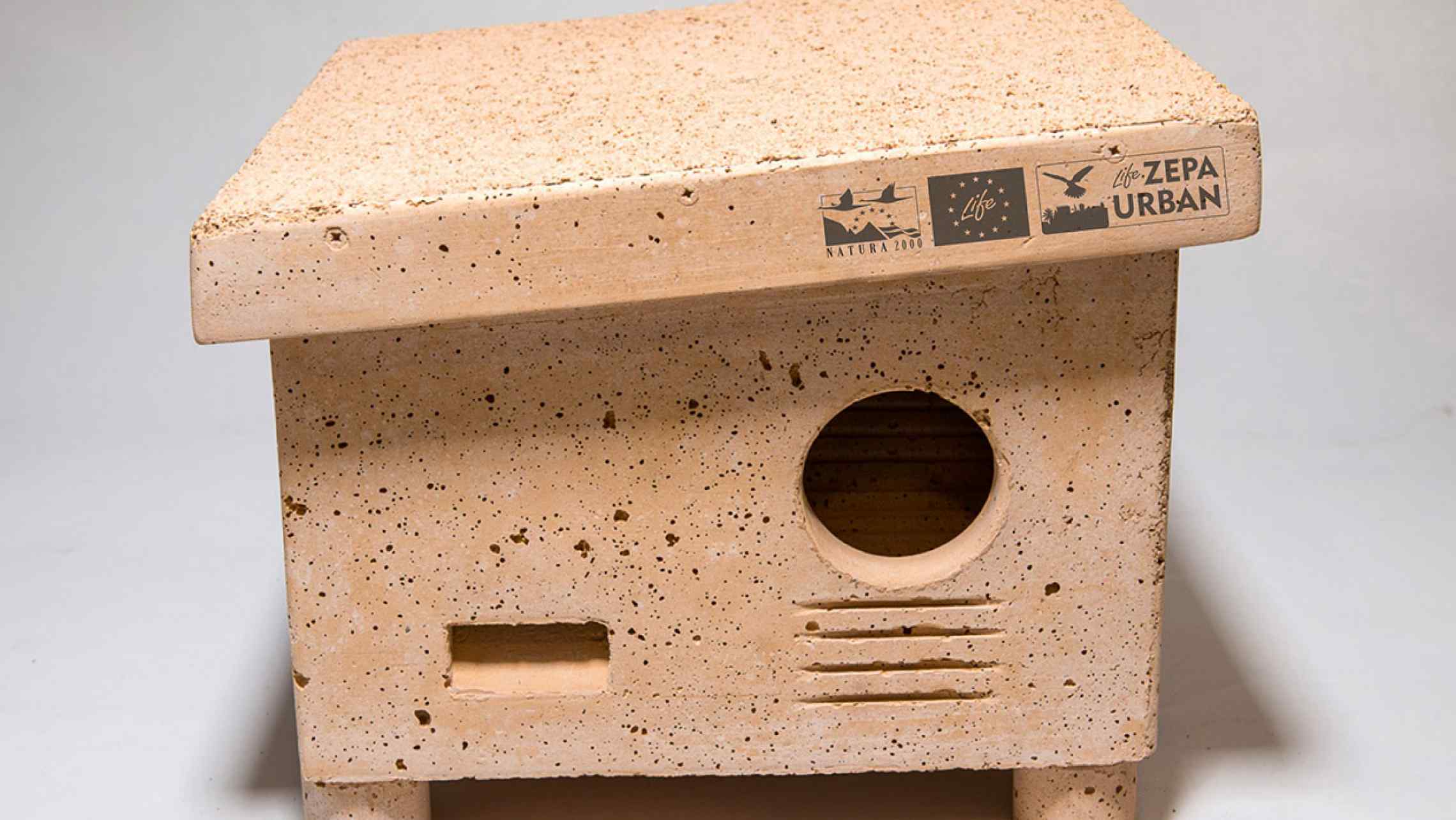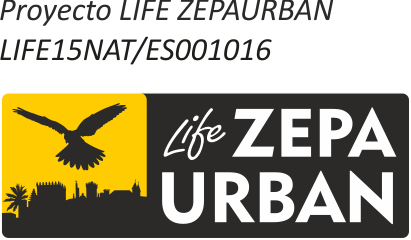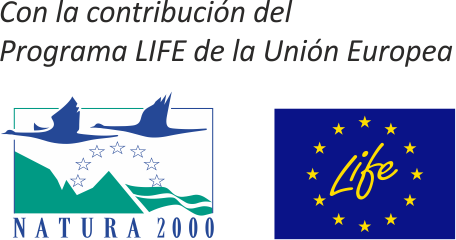The use of cork helps to comply with one of the objectives of the LIFE-ZEPAURBAN project: to develop stronger and safer nest boxes for the species at a lower cost than at present
The scarcity of nesting holes, the competition for them from other species and the predation that occurs with them are factors that have a negative impact on the populations of lesser kestrels, for which it is fundamental to address this, with, amongst other measures, the installation of artificial nest boxes. It is important that these nest boxes are easy to install, resistant, durable, ergonomic, integrate into the surroundings, are economic and, above all, adapted to the behaviour of the lesser kestrel. However, the nest boxes available in the market are of low durability and do not integrate well into the surroundings or are of high cost and weight. For this reason, one of the objectives of the LIFE-ZEPAURBAN project is to develop nest boxes specifically designed for good durability and to enhance the security of the species at a lower cost than the current models.
In recent years, in the area of construction science, cement mortars have been developed with cork granules. The use of these materials in the manufacture of lesser kestrel nest boxes could help to eliminate the inconveniences inherent in wood, clay or mixed lime and cement mortars. Furthermore, cork is a material of great ecological value (renewable, biodegradable, respects the environment) and its use could contribute to the maintenance of an important ecosystem in Extremadura, the cork woodlands.
For the development of cement mortar with cork granules, our partner INTROMAC (Technological Institute for Ornamental Stone and Construction Materials) started with the identification and characterisation of materials that could form a part of its composition. More than 25 dosages with different compositions were made and characterised until a dosage was obtained that would meet the requirements of consistency, mechanical resistance, visual aspect and density appropriate for its use in the semi-industrial manufacture of nest boxes for lesser kestrels. The selected dosage of cement mortar with granules of cork for the production of the nest boxes has a consistent fluidity, a dry density of less than 1,200 kg/m3 a resistance to compression of more than 5 MPa a 28 days and absorption values around 0.1 kg/(m2·min0,5): the value of the density obtained shows that it is a light mortar, which means that the weight of the nest boxes is low, whilst the coefficient of capillary absorption presents values of less than that of the norm for mortars which is an indicator of guarantee of durability.
Furthermore, this mortar presents a value of thermic conductivity of 0.277 W/m ° K, much less than mortars made from conventional cement. When the thermic conductivity of the material from which the nest box is made is less this means that the thermic isolation is higher and therefore the temperature for the lesser kestrel is more comfortable, which contributes to the reproductive success of the species. This good value of thermic conductivity of the cement mortar with cork granules, added to the advantages these the cement-based materials have (ease of production, mechanical benefits and durability) makes them very suitable for use in nest box production.
